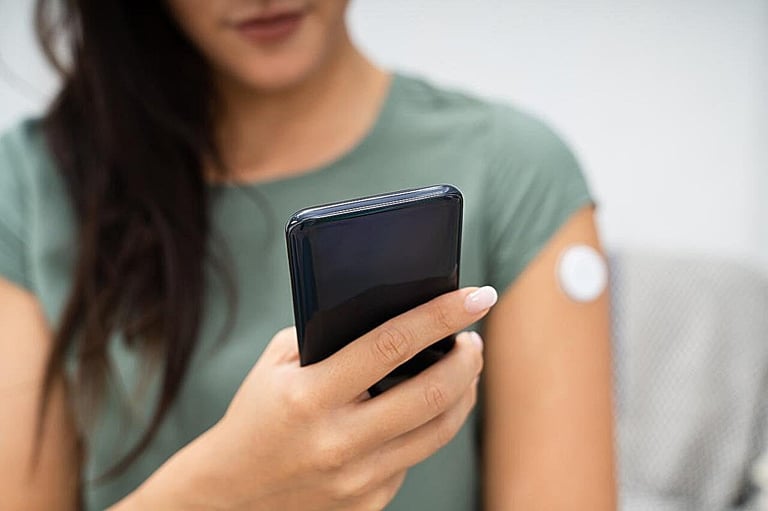FDA Approves First OTC Glucose Monitor for Weight Loss, Revolutionizing Obesity Treatment
August 25, 2025
The FDA has approved Signos' glucose monitoring system as the first-ever device specifically designed for weight loss, offering a new over-the-counter option for Americans.
This approval marks a significant milestone, making the system accessible without a prescription to help manage weight.
The system uses Dexcom's off-the-shelf continuous glucose monitor (CGM) combined with an AI platform to deliver real-time, personalized insights into how food, activity, sleep, and stress influence glucose levels.
Signos CEO highlights that the goal is to empower individuals with ownership over their health through personalized, accessible insights.
While exact user numbers are not disclosed, tens of thousands have tried the system, and capacity has increased following FDA approval.
Signos provides tailored metabolic guidance by translating glucose fluctuations into actionable recommendations aimed at improving sleep, managing weight, and reducing chronic disease risk.
Unlike traditional obesity treatments like GLP-1 drugs and surgery, which are often costly and limited, Signos' membership model makes the system accessible to anyone.
With over 73.6% of U.S. adults classified as overweight or obese and the global diabetes diagnosis forecast reaching 1.3 billion by 2050, Signos aims to address the growing metabolic health crisis.
Obesity costs the U.S. over $170 billion annually, and Signos hopes its system can significantly impact this epidemic by offering a scalable, accessible solution.
Customers can subscribe to three- or six-month plans costing $139 and $129 per month, respectively, which include all necessary CGMs, although insurance coverage is still being worked on.
Signos CEO emphasizes that the system is designed to be accessible to the average American, supporting weight loss from as little as five pounds up to 100 pounds.
The system also integrates responses to meals, exercise, sleep, and stress, helping users make healthier daily choices and sustain long-term behavioral changes.
Summary based on 2 sources

